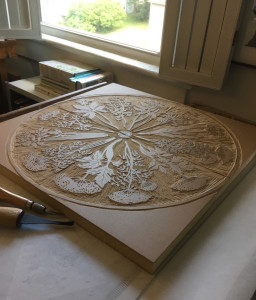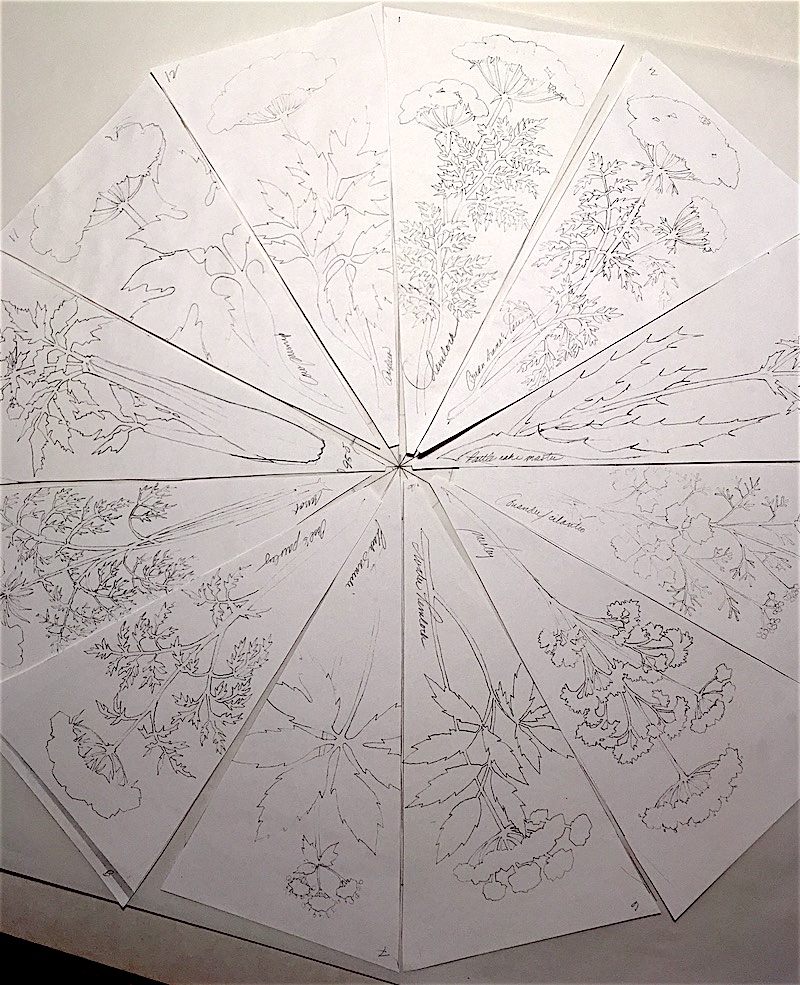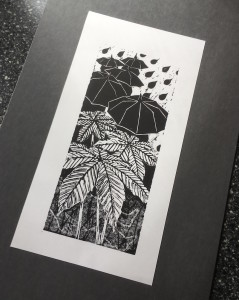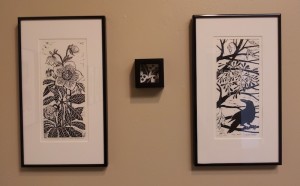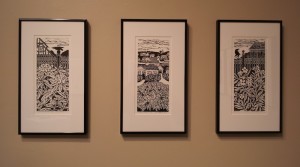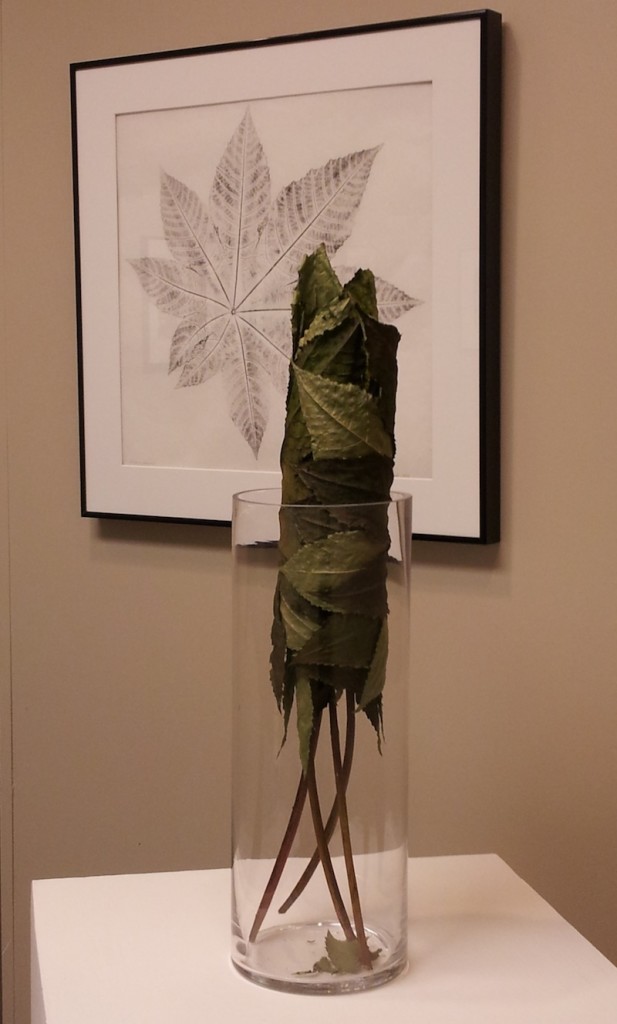
Black sheep and skeletons in the closet . . .
even the plant world has its share of family secrets, eccentrics and deviants.
Consider the family Solanaceae, commonly referred to as either the nightshade or potato family: members of this unwieldy clan run the gamut from the meek to the murderous. In each of the six Solanaceae prints the virtuous shares space with the disreputable.
Look for mandrake (Mandragora officinarum) and the potato (Solanum tuberosa), deadly nightshade (Atropa belladonna) and Petunia, henbane (Hyoscyamus niger) and eggplant (Solanum melongena), bittersweet (Solanum dulcamara) and tomato (Solanum lycopersicum), along with tobacco (Nicotiana) and chili pepper (Capsicum). With about 2,690 additional species, the history of the Solanaceae family’s interaction with humans is one of dramatic trial and error, malevolence and goodwill.
left to right:
Loves Me Not
Deadly Nightshade, Atropa belladonna
Petunia
Deceitful Charm
Jimson Weed, Datura stramonium
Chinese Lantern, Physalis alkekengi
Bittersweet
Woody Nightshade, Solanum dulcamara
Tomato, Solanum lycopersicum
Scuttle
Mandrake, Mandragora officinarum
Potato, Solanum tuberosa
Best Laid Plans
Henbane, Hyoscyamus niger
Eggplant, Solanum melongena
Smokin’ Hot
Tobacco, Nicotiana tabacum
Chili pepper, Capsicum


